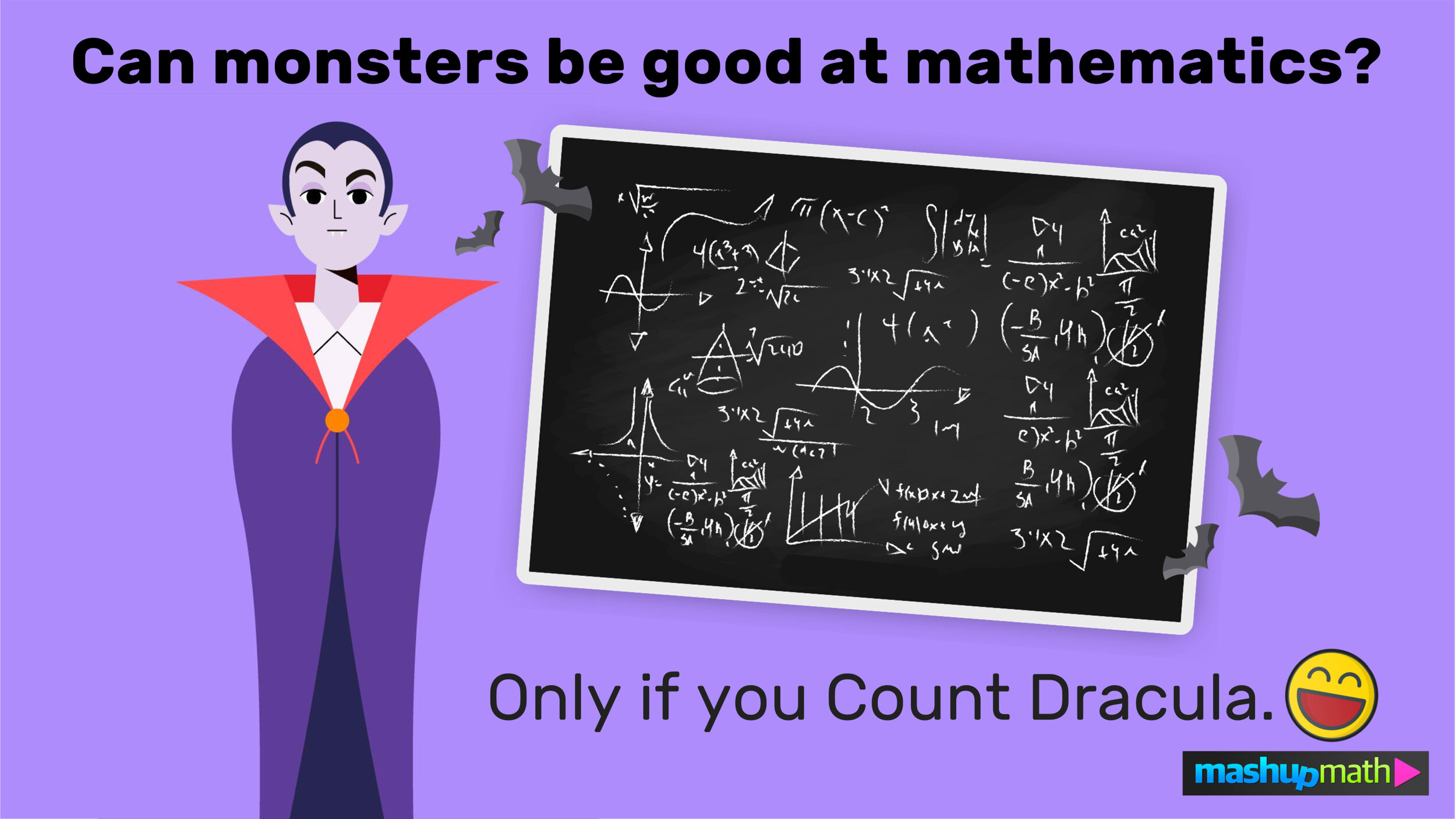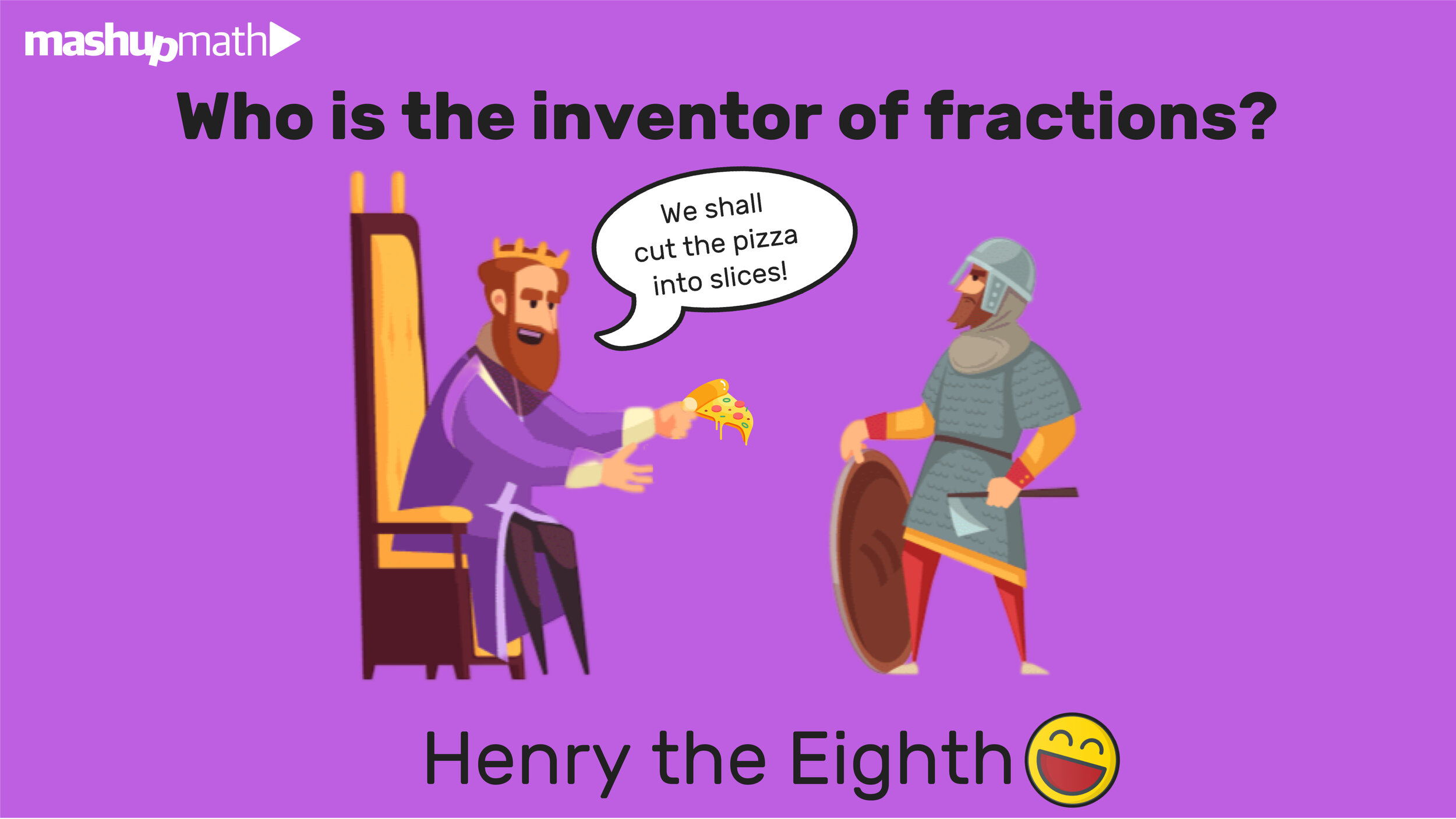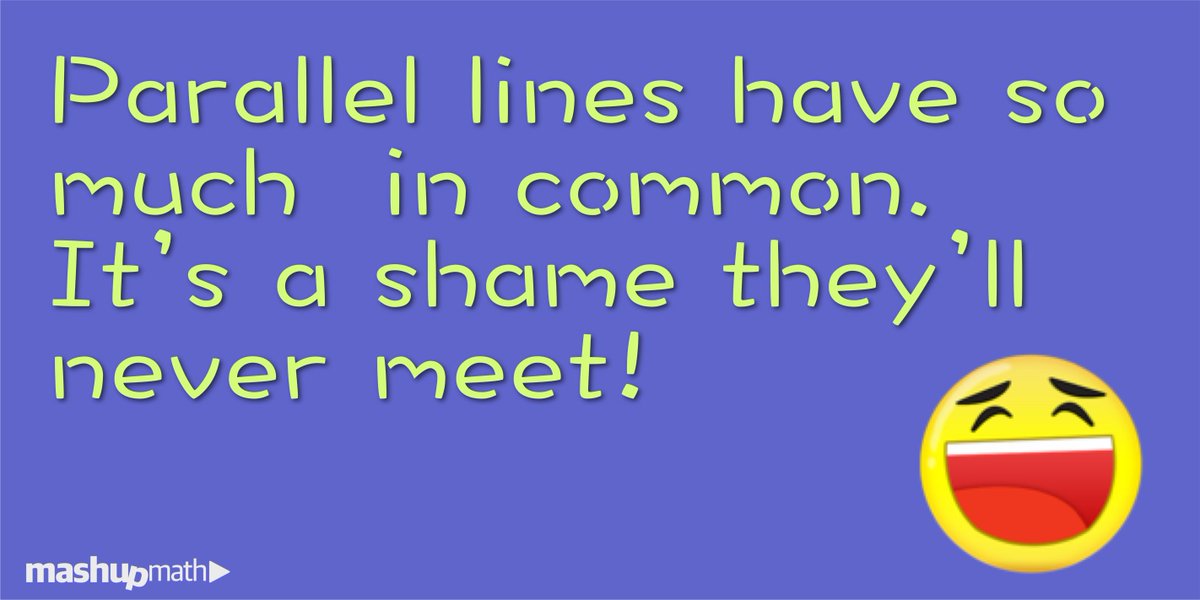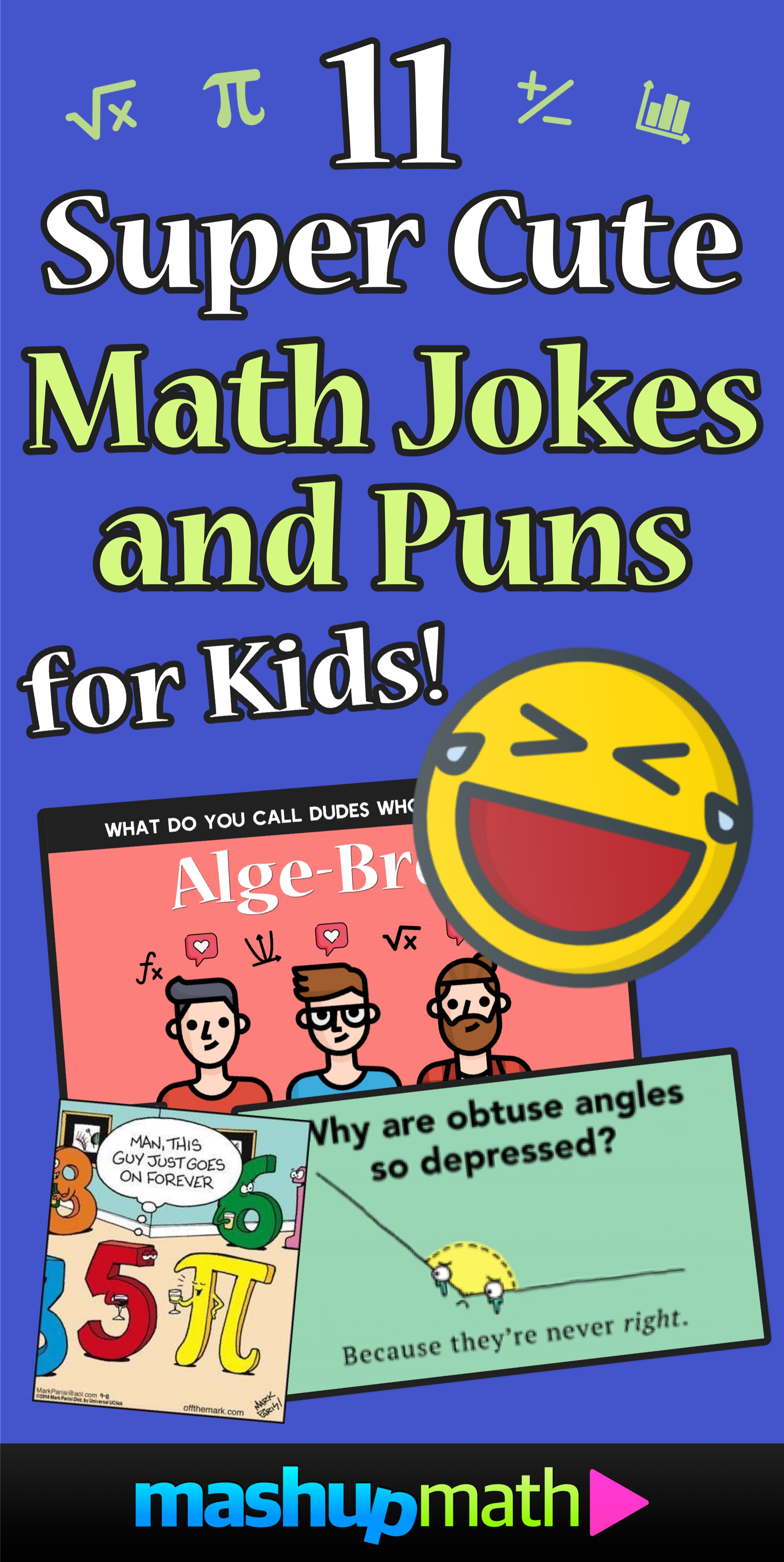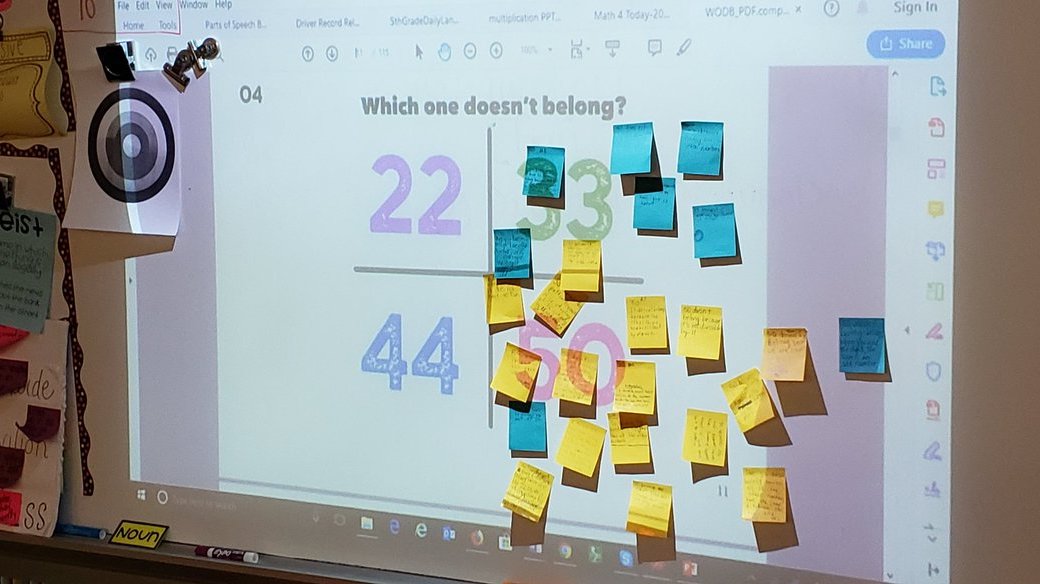Writing about math helps kids to organize their thinking, use key vocabulary, and communicate mathematically—which leads to deep and meaningful understanding.
Over the past few years, math teachers are incorporating more writing activities into their lesson plans—a trend that is being driven by the use of highly engaging think-notice-wonder writing prompts that spark deep mathematical discussion and are highly effective as warm-up or cool-down activities.
This strategy has recently been endorsed by the National Council of Teachers of Mathematics:
By asking What do you notice? What do you wonder? we give students opportunities to see problems in big-picture ways, and discover multiple strategies for tackling a problem. Self-confidence, reflective skills, and engagement soar, and students discover that the goal is not to be "over and done," but to realize the many different ways to approach problems.
How does it work?
Math teachers often struggle to find topics for their kids to write about. Sometimes the best way to encourage creativity and exploration is simply posting an image and asking students to describe what they think, notice, and wonder about what they are seeing.
The best way to use think-notice-wonder activities is to choose an image every day and project it as large as you can at the front of your classroom.
Then, have students write 3 sentences about the image starting with:
• I think…
• I notice…
• I wonder…
✔ You may want to have students share their entries in a daily math journal. This practice will get them used to writing about mathematics regularly.
✔ Try not to give too many prompts. You’ll be surprised by how creative and detailed student responses will become over time!
✔ Try to choose images that work with the day’s topic/theme
What would think-notice-wonder look like in YOUR classroom?
Imagine an unusual day where your kids enter class expecting a normal warm-up practice problem but are caught by surprise.
They see the above image of a drone delivering a pizza displayed on the board along with a writing prompt that calls for them to complete the statements I think..., I notice..., and I wonder...
What kind of creative thoughts and ideas would they have?
How much weight can the drone carry? How many pizzas can it hold at once?
How would thinking about this image activate their prior knowledge and spark their curiosity?
What are the dimensions of the largest and smallest pizza box it can hold? Does it have to be square?
What kind of anticipation would it build for an upcoming lesson or activity?
Does the drone use GPS coordinates to get from point to point?
Why Think-Notice-Wonder?
Engaging in think-notice-wonder writing activities at the start of a math class is a great way to ignite student thinking, spark creativity, and build anticipation.
Even if students are not directly engaged in mathematical problem-solving, their curiosity and interest will carry on throughout the day’s lesson.
Be mindful that your kids will need some time to get used to these kinds of activities, but after a week or so, you’ll be pleasantly surprised by the spike in engagement, boost in student enthusiasm and high quality of responses!
Are you ready to try it with your kids?
Here are a few more sample graphics for you to try in your classroom:
Want more? Download 101 Daily Think-Notice-Wonder Writing Prompts for Engaging Your Kids
You can now share 101 Daily Think-Notice-Wonder Writing Prompts with your kids with our PDF workbook!
Do you have experience using think-notice-wonder activities with your math students? Share your thoughts and suggestions in the comments section below!
(Never miss a Mashup Math blog--click here to get our weekly newsletter!)
By Anthony Persico
Anthony is the content crafter and head educator for YouTube's MashUp Math and an advisor to Amazon Education's 'With Math I Can' Campaign. You can often find me happily developing animated math lessons to share on my YouTube channel . Or spending way too much time at the gym or playing on my phone.















